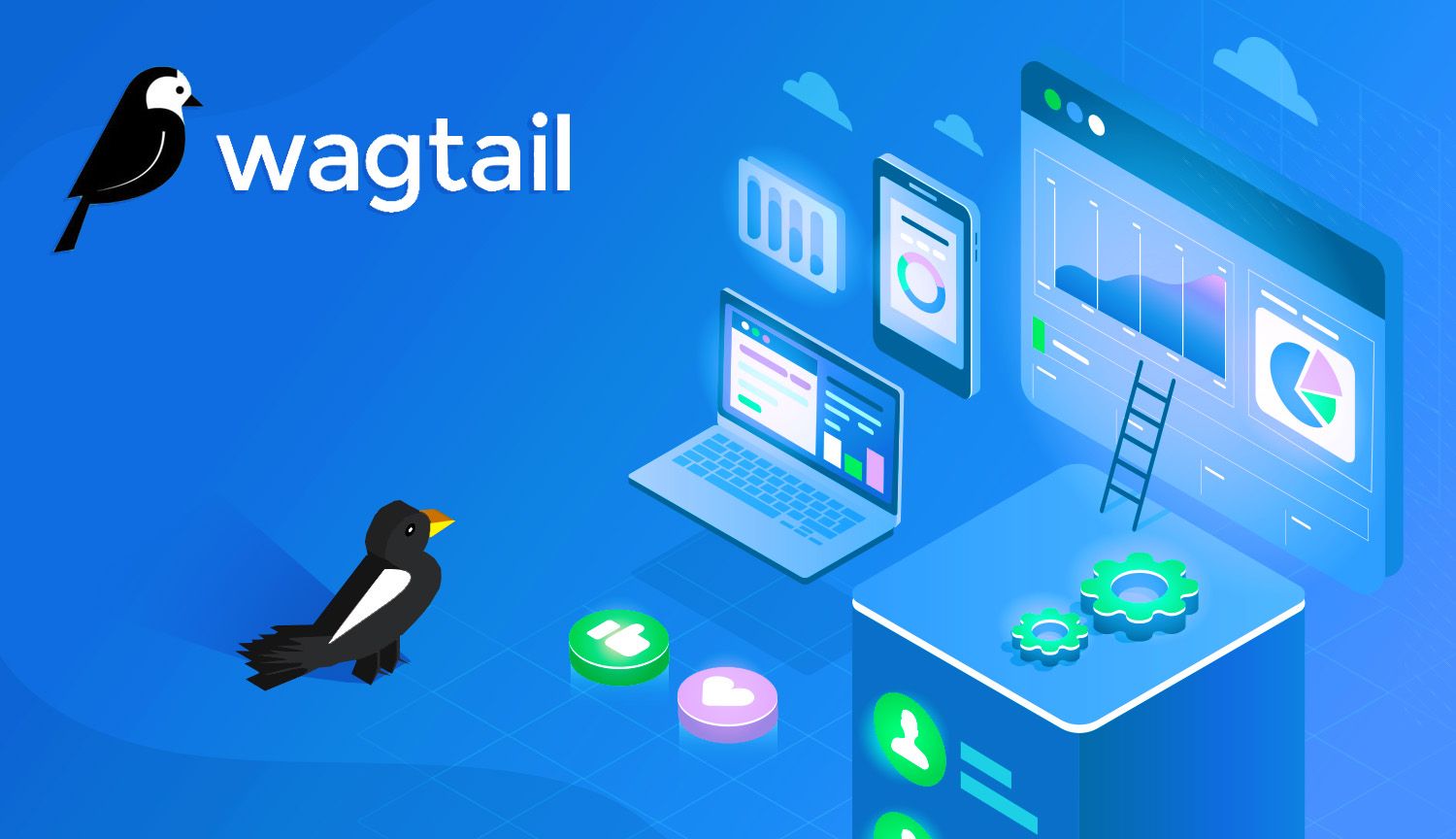Today, web and mobile applications are built faster and better than ever before. One of the key reasons for this is the use of APIs. API stands for Application Programming Interface. It permits two software applications to talk to each other.
In API-first development, you start by building the API before writing the front-end or back-end code. This approach makes your application more flexible, scalable, and easier to manage.
In this blog, you will learn what API-first development is, why it is important, and the best practices to follow as a full stack developer. If you are enrolled in a full stack course, this topic will help you understand how to build modern web applications more efficiently.
What Is API-First Development?
In traditional development, you first build the back-end or front-end, and then later think about APIs. But in API-first development, you design and create the API first, then build everything else around it.
This means you treat the API as the main part of your app. All other parts, like the front end (React, Angular) or mobile apps (iOS, Android), use this API to send and receive data.
Benefits of API-First Development
- Saves time in development
- Makes front-end and back-end teams work independently
- Easier to test and debug
- Works well for mobile and web apps
- Helps build microservices
- Encourages better design and planning
These are reasons why API-first development is becoming more popular in projects taught during developer classes.
Example of API-First Thinking
Let’s say you’re building a task management app. In an API-first approach, you will first define endpoints like:
- GET /tasks – to get all tasks
- POST /tasks – to create a task
- PUT /tasks/:id – to update a task
- DELETE /tasks/:id – to delete a task
You decide what data each endpoint will accept and return before you build the actual app. You might use tools like Postman or Swagger to test and design your API.
Once the API is ready, both the front end and back end teams can start building their parts using the API as the connection.
Why Full Stack Developers Should Use API-First Approach
As a full stack developer, you handle both front-end and back-end development. Using API-first development helps you:
- Keep your code organized
- Work faster when building large apps
- Allow other developers to use your API
- Make your app ready for future updates
- Learn industry-standard methods
Most modern companies now use API-first development. That’s why many topics in a full stack course include API design and testing as part of the learning.
Best Practices for API-First Development
Let’s go through the best practices that every full stack developer should follow when using API-first development.
1. Plan Before You Build
Before writing any code, take time to plan your API. Think about:
- What endpoints are needed
- What data each endpoint should return
- What errors might happen
- What users will do with the API
You can create an API contract or design using tools like:
- Postman
- Swagger (OpenAPI)
- Stoplight
These tools help you design and test your API before writing the actual code.
2. Use RESTful Principles
REST stands for Representational State Transfer. It’s a set of rules for designing simple and clean APIs.
In RESTful APIs:
- Use HTTP methods like GET, POST, PUT, DELETE
- Use nouns in URLs, not verbs
- Keep responses simple and consistent
Example:
- GET /users – get all users
- POST /users – create a user
- GET /users/1 – get user with ID 1
RESTful APIs are easy to use and comprehend. That’s why they are commonly used in examples during developer classes.
3. Make APIs Easy to Understand
Your API should be simple and clear. Other developers should be able to use it without confusion.
- Use clear naming for endpoints
- Include detailed API documentation
- Keep input and output data consistent
Example:
// Response from GET /tasks
{
“id”: 1,
“title”: “Finish assignment”,
“status”: “pending”,
“dueDate”: “2025-04-30”
}
Good documentation helps front-end developers or other teams use your API easily. Tools like Swagger UI help you create visual API docs.
4. Handle Errors Properly
APIs should return useful error messages. If something goes wrong, let the user know what happened.
Example:
{
“error”: “Task not found”,
“status”: 404
}
This helps users of your API fix problems quickly. Always include error codes like 400, 401, 403, 404, and 500 in your API responses.
5. Secure Your API
Security is very important. Your API must be protected from hackers and unwanted access.
Use:
- Authentication (like JWT tokens or OAuth)
- HTTPS for encrypted communication
- Rate limiting to prevent abuse
- API keys or tokens for third-party access
Most full stack course programs teach how to add JWT authentication and secure routes using middleware.
6. Version Your API
When your app grows, you might need to make changes to your API. But if users are already using your old API, you should not break their apps.
That’s why versioning is important.
Example:
- api/v1/users
- api/v2/users
This way, you can make improvements while keeping the older version working.
7. Write Tests for Your API
Testing is an important part of development. You should write tests to make sure your API works as expected.
Use tools like:
- Jest or Mocha for unit tests
- Postman for manual and automated tests
- Supertest for testing Express.js APIs
Testing helps you catch bugs early and makes your API more reliable.
Many full stack developer classes include testing in their projects to help students write better code.
8. Think About Performance
Your API should respond quickly, even when handling many users.
Tips for better performance:
- Use caching for repeated requests
- Keep responses small
- Optimize your database queries
- Avoid sending unnecessary data
For example, instead of sending all user details, only send the needed fields in the response.
// Better
{
“id”: 1,
“name”: “John”,
“email”: “john@example.com”
}
9. Monitor and Improve
Once your API is live, use tools to monitor performance and errors.
Popular tools include:
- LogRocket
- New Relic
- Datadog
Monitoring helps you understand how people use your API and where problems might happen.
Real-World Example: Building a Blog Platform
Imagine you are building a blog platform. In API-first development, you first design the API.
Endpoints might include:
- GET /posts – list all blog posts
- POST /posts – create a blog post
- GET /posts/:id – view a single blog post
- PUT /posts/:id – update a post
- DELETE /posts/:id – delete a post
You test these endpoints using Postman. Once the API is tested and ready, the front-end team builds the UI to use this API.
This is how real projects are built and taught in advanced modules of a full stack course.
Final Thoughts
API-first development is one of the best ways to build full stack applications. It helps you create well-planned, flexible, and future-ready software. By designing and testing your APIs first, you can save time, reduce bugs, and improve teamwork.
If you’re serious about becoming a full stack developer, start using the API-first approach in your projects. It will improve your skills and make you stand out in job interviews.
Many full stack course programs now include API design, RESTful development, and testing as key topics. These are the skills real companies look for in full stack developers.
So, plan your API, follow best practices, and start building apps like a pro. Your future projects and your future self will thank you.
Business Name: ExcelR – Full Stack Developer And Business Analyst Course in Bangalore
Address: 10, 3rd floor, Safeway Plaza, 27th Main Rd, Old Madiwala, Jay Bheema Nagar, 1st Stage, BTM 1st Stage, Bengaluru, Karnataka 560068
Phone: 7353006061
Business Email: enquiry@excelr.com














